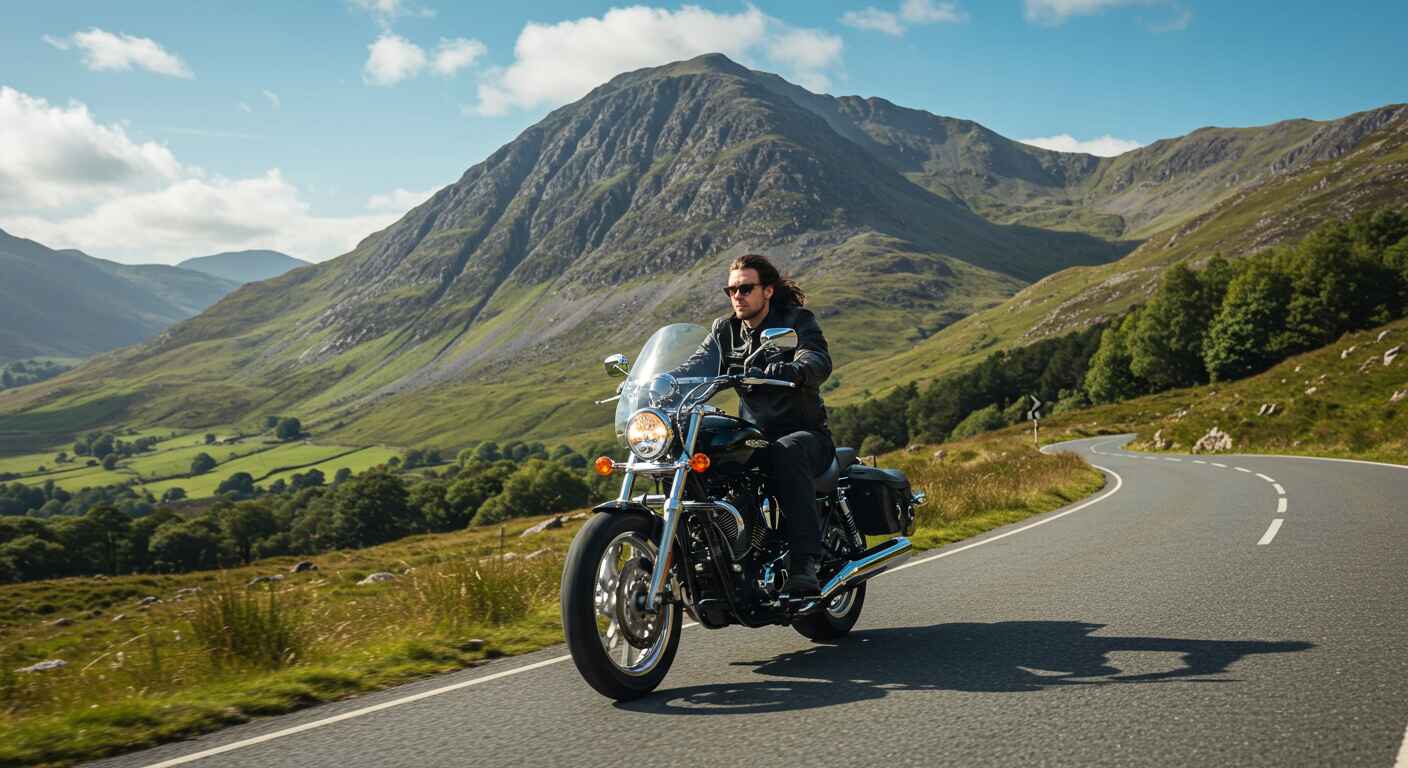
Motorbike gear plays a crucial role in providing protection, comfort, and style to riders. However, like all manufactured products, motorbike gear has a lifecycle that begins with production and ends with disposal. Understanding this lifecycle helps in recognizing the environmental impact of motorbike gear and exploring ways to make it more sustainable. This article will cover each stage of the lifecycle of motorbike gear, from its creation to its eventual disposal.
Stage 1: Production of Motorbike Gear
The lifecycle of motorbike gear starts with production, which involves extracting raw materials, manufacturing, and assembling the gear.
- Raw Materials: Motorbike gear typically includes leather, textiles, plastics, and metals. Leather comes from animal hides, while synthetic textiles like nylon and polyester are derived from petrochemicals. Plastics, found in components like helmets and padding, are also petroleum-based.
- Manufacturing: The manufacturing process requires cutting, stitching, molding, and assembling various components of motorbike gear. This stage consumes significant energy and resources, contributing to the gear’s carbon footprint. Many factories rely on electricity generated from fossil fuels, which further increases the environmental impact.
- Environmental Impact: Producing motorbike gear generates waste, including off-cuts of leather and fabric. The use of toxic chemicals in tanning leather and dyeing textiles can also lead to pollution if not properly managed.
Stage 2: Distribution of Gear
After production, motorbike gear moves to distribution, which includes packaging, transportation, and storage.
- Packaging: Gear is typically packaged in plastic or cardboard to protect it during transportation. Unfortunately, this packaging often turns into waste, contributing to environmental pollution.
- Transportation: Gear is transported from factories to distribution centers and retailers, usually via trucks, ships, or planes. This transportation contributes to greenhouse gas emissions, especially when products are shipped over long distances.
- Storage: Retailers store motorbike gear in warehouses or display it in stores. This stage has a relatively low environmental impact compared to production and transportation but still requires energy for lighting and climate control.
Stage 3: Use and Maintenance of Motorbike Gear
The use phase is where motorbike gear serves its primary purpose—protecting riders. This stage can last for years, depending on the quality and care of the gear.
- Longevity: High-quality motorbike gear lasts several years, enduring regular use. However, even the best gear will eventually wear out, especially if exposed to harsh weather conditions or frequent accidents.
- Maintenance: Regular cleaning, conditioning, and repairs extend the life of motorbike gear. This not only reduces the need for new gear but also minimizes waste.
- Environmental Considerations: The use phase has a relatively low environmental impact compared to production. However, frequent replacement of gear due to poor maintenance can lead to more waste. Proper care and responsible use help reduce this impact.
Stage 4: Disposal of Motorbike Gear
The final stage of the lifecycle of motorbike gear is disposal. This stage has significant environmental implications, especially if the gear is not disposed of responsibly.
- Landfill Issues: Many items, such as helmets and gloves, are made from materials that do not decompose easily. When discarded, these items often end up in landfills, where they can take hundreds of years to break down, releasing harmful chemicals into the soil and water.
- Recycling Opportunities: Recycling is a more sustainable disposal option, but it is not always available or feasible for all types of motorbike gear. Some materials, like metal components, can be recycled, while others, like mixed textiles or plastics, are more challenging to process.
- Upcycling and Repurposing: Another option is to upcycle or repurpose old gear. For example, worn-out leather jackets can be transformed into bags or wallets, while old helmets can be used as planters or art pieces. This creative approach reduces waste and gives new life to otherwise discarded items.
- Manufacturer Take-Back Programs: Some manufacturers offer take-back programs where consumers can return old gear for recycling or proper disposal. This helps reduce waste and encourages consumers to choose more sustainable brands.
Sustainable Practices for Motorbike Gear
To minimize the environmental impact of motorbike gear, both manufacturers and consumers can adopt more sustainable practices.
- Eco-Friendly Materials: Manufacturers can use sustainable materials, such as organic cotton, recycled polyester, or biodegradable plastics, to reduce the environmental footprint of their products.
- Energy-Efficient Manufacturing: Factories can implement energy-efficient technologies and renewable energy sources to reduce emissions during production.
- Sustainable Packaging Options: Reducing the use of plastic packaging and opting for recyclable or biodegradable materials can significantly decrease the environmental impact during distribution.
- Consumer Choices: Consumers can contribute by choosing high-quality gear that lasts longer, maintaining their gear properly, and recycling or upcycling old items.
Conclusion
The lifecycle of motorbike gear, from production to disposal, has a significant impact on the environment. By understanding each stage of this lifecycle, consumers can make more informed decisions and encourage more sustainable practices within the industry. Whether it’s choosing eco-friendly materials, maintaining gear properly, or recycling old items, every small action can contribute to reducing the environmental footprint of motorbike gear.
